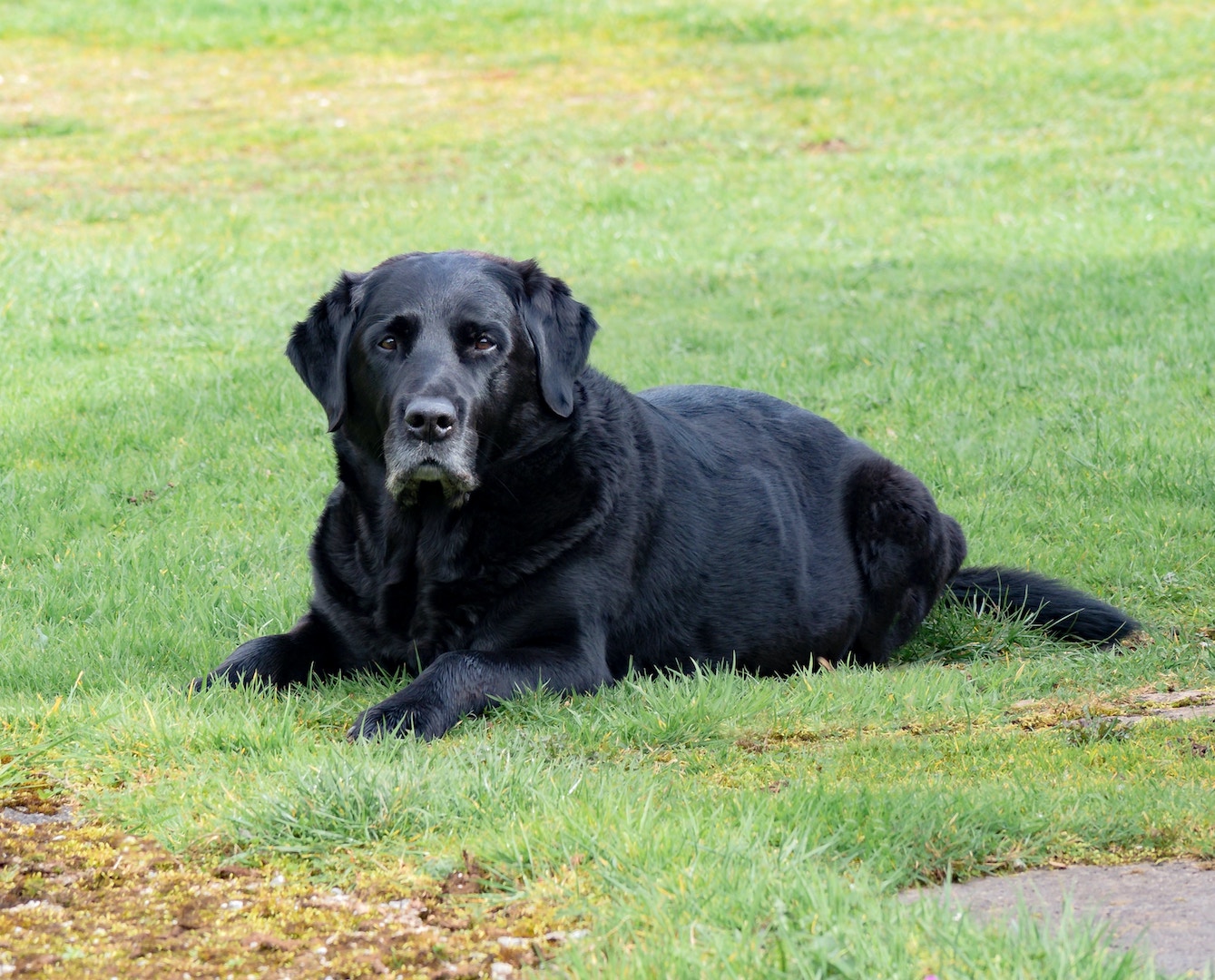We are all familiar with the initial government shortfalls at the onset of the COVID-19 pandemic: the lack of testing and personal protective equipment (PPE). Dena Mehling, a Denver local, became fed up with the unfulfilled promises of PPE that she heard on the news. With aims to bridge the gap until PPE could become more available for medical staff, Dena started a team of mask makers. Get inspired and learn more about Dena’s Mask Making Army, and her efforts to create over 26,000 masks in protective equipment relief.
This is our Heroes of COVID-19 series, where we highlight pandemic heroes making a difference locally.
Since March 20th, Dena and a group of over 1,000 volunteers have been working daily to create cloth masks to keep essential workers safe. In April, the danger of spreading the virus through the droplets of asymptomatic individuals prompted health officials to highly recommend people wear a mask outside the house. While Dena’s cloth masks are not as effective as N95 respirators, they can help prevent the spread of contaminated droplets in public and serve as N95 replacements in less critical circumstances.
Q&A with Dena Mehling, head of Dena’s Mask Making Army
Before COVID-19, what did you do? What prompted you to create this army of mask makers?
I own an artisan soap small business, and I was paying a lot of attention because there was all this talk about washing your hands. I understand very well how soap works and why it’s the best defense against colds and the flu.
One day, I had a conversation with a doctor friend who said, “You know, we’re going to be getting low on PPE. Do you think that you could make a few masks for my staff?”
I thought to myself, “Of course, I can. I’ve got the stuff.” I put out a call on my personal Facebook feed and had a couple of people interested, so I made a Facebook group. And that group took off. The next thing you know, we were taking in donations of fabric and elastic and making masks and had a request form and everything that it turned into today. It was never something I planned on doing.
My soap business is a little bit on hold. I still run myonline shop. For now, I’ve just felt that the masks are the priority. Flattening the curve was the priority. Making sure people had what they needed so that we can leave our houses someday was a priority for me.
Who is in your mask-making army? Can people join even if they can’t sew?
I’ve actually been surprised, I have girl scouts that are working on it, I have church groups, I have guys that are able to sew.
Grandma’s helping too. You know, you have the girl scout on one end and grandma on the other, and it’s fantastic.
It’s been really amazing to me to see who has a skill that I didn’t think a lot of people had anymore. You’re always told, “Nobody sews anymore. Sewing is women’s work,” which is a phrase I just abhor. It’s been so wonderful to see who’s got a machine, and who wants to use it, and they know how. These masks are not, you know, massive, intense construction. They’re very simple to make.
It’s great because not everybody has a sewing machine, butthere’s always something I can give somebody to do. We’ve actually had a lot of people volunteer to just drive, wash a load of fabric, or they can cut a straight line.
What are all the components that come together to make this work?
So, we’ll have someone pick up the donated fabric and wash it. They might then cut it into the size we need or they might transfer it to someone else to cut it. Once we get all those cut pieces back, we put them into kits. We do everything by porch pick up. We officially don’t ever interact with each other. A sewer can get a 15-mask kit, with 30 pieces of fabric and 30 pieces of cut elastic, and they get the instructions from the Facebook group.
I have one lady who regularly puts out 60 masks a day. That’s really fast. And a lot of people do them kind of in assembly-line order. They might do 60 at a time, and it takes them two or three days, you know, to do all of step one, then do all of step two, etc.
I have coordinators and porch hosts in every county. So, the coordinator will make sure that porch hosts have plenty of kits for people to pick up. Each of them controls maybe 10 or twenty people, so it makes it a little bit more manageable.
What does your day to day look like?
First, I get up and check the group on Facebook to see what people need. I actually haven’t made as many masks recently, I make maybe ten to twenty a day myself. I spend more time coordinating close to 1,100 people in the group right now. Who needs a pick-up, who needs a drop-off, stuff like that. I homeschool my children right now on top of everything else, so I’ll get everything together for a morning run, and then, throughout the day, masks will come in or supplies will come in.
Who do these masks go to?
We started out just providing to the hospital frontline. But, as I watched the news, I saw how it was affecting nursing homes, and homeless populations, and prison populations. So we really expanded into any central business that needed to stay open. We started to supply grocery store workers, tons of nursing homes, and private practitioners.
We ended up giving a lot to government workers and prison populations, corrections officers, hospice workers, a lot of homeless shelters, and a lot of education facilities. It’s easy to forget, but the teachers are going back in to clean out desks or clean out dorm rooms and things like that.
So basically, almost anybody who needs them. We don’t sell the masks, and we don’t do individual orders. If you need like three for your family, I’m the wrong person to ask. We do it all on donation.
Are there any stories that stick out to you? Moments that confirm that you’re doing something important?
I’ve had two that really stick out for me. First, I just am really touched whenever somebody picks up a mask and they start to cry. I had a lady pick up the other day, and she started to cry and I thought, “Oh my goodness, why are you crying? Oh my goodness.”
She said that she had been working for a medical company and had been trying to get masks for two months. We were able to help her within 24 hours. That’s happened a lot, and it has really touched my heart.
The other story is, I went to get groceries and I recognized one of my masks. I knew the fabric. I knew that was a mask that I made. That really touched my heart. That was a mask I made. Not just a mask I saw come through my door because I see thousands come through my door, but that one I sat and made.
Did you ever see that meme that talks about throwing starfish back in the ocean? It’s a story about a little boy, and all these starfish washed up from the ocean. He picks them up and throws them back in the water, and someone says, “Well, why are you doing that? All these other ones are gonna die.” The little boy says, “I saved the world for that one. I saved one.” I thought, well, that’s my mask, and I made that for you. I don’t know you, but I helped you.
What’s your plan going forward? Are you going to be making these masks indefinitely?
We’re actually starting to ramp down now. We are no longer taking in new uncut fabric donations. My whole goal for this army was just to help bridge the gap. We were always told that PPE was going to eventually become available. It just needed to happen. You know, the federal government and the state governments have all been caught short-handed. Yet, home-made masks were never a replacement.
This is not an industry, this is just volunteer work. It’s not a long term solution and I don’t think it should be. So we’re actually starting to see the demand change and we’re starting to ramp down.
Fewer people are reaching out and there is less need from the front line. At this point, it’s been a few weeks since our governor said everybody should wear a mask. If people don’t have one at this point, there’s a part of me that says there are some people who choose not to wear masks at all, and I can’t force them to by giving them one.
What do you think is the next phase of COVID-19 relief, post-mask-making?
The next phase that I see immediately is I think people need to be smart about coming out of the shelter in place. People need to focus on supporting their small businesses in their community. If you’re gonna get take-out, try and get take out from somebody who might lose their restaurant. Be smart about it. Just because some of these restrictions are lifting, I’ve noticed a lot more traffic on the road and a lot more people in the stores, both masked and unmasked. I think the most important thing is to still be vigilant. Keep washing your hands, keep staying home.
What else do you want people to know?
I’m so inspired by anything grassroots. I was a little crestfallen that every time you turned on the news they said, “The masks are coming or the tests are coming,” and then they didn’t. So how do we get out of this? It comes down to people pushing up their sleeves and saying, “I can do it.” That’s really inspiring, that it’s like, gosh, if you want to get all “America” about it, it’s a bunch of housewives pushing up their sleeves and saying, “What can I do?”
Coming Up
Stay tuned for next week’s Q&A on Heroes of COVID-19. For past heroes in this series, read about the experiences of a teacher, general manager, and health care worker. Do you know any local heroes? We encourage readers to nominate local essential workers and people doing remarkable things during this time. Message us on Instagram with any nominations.


















